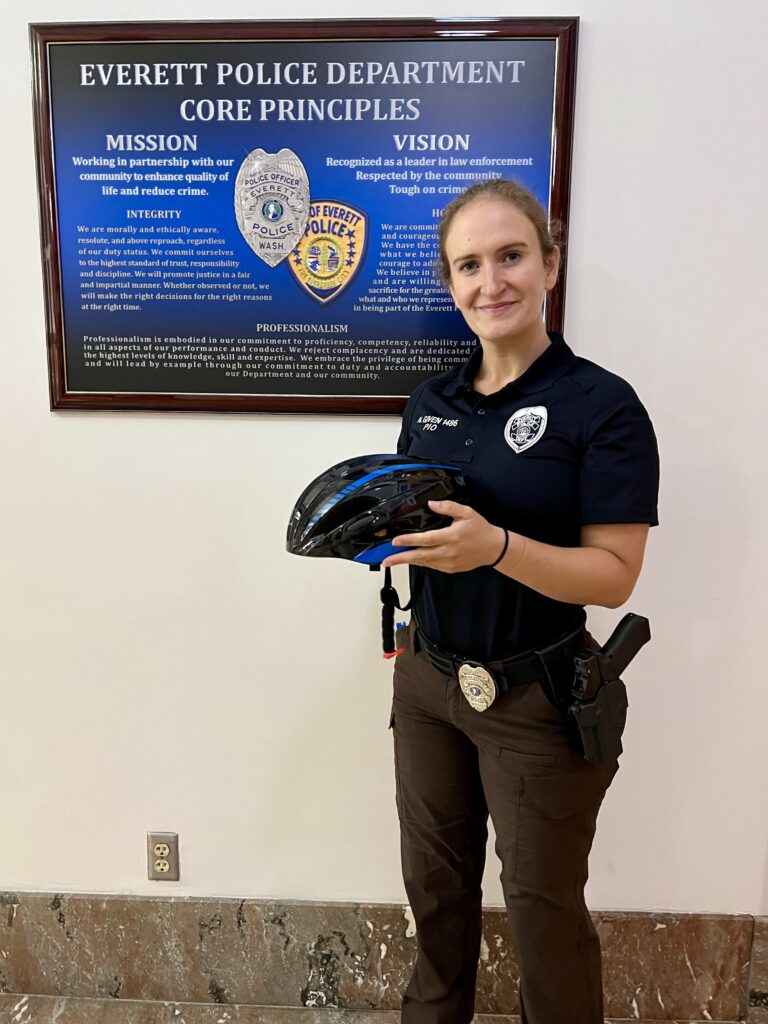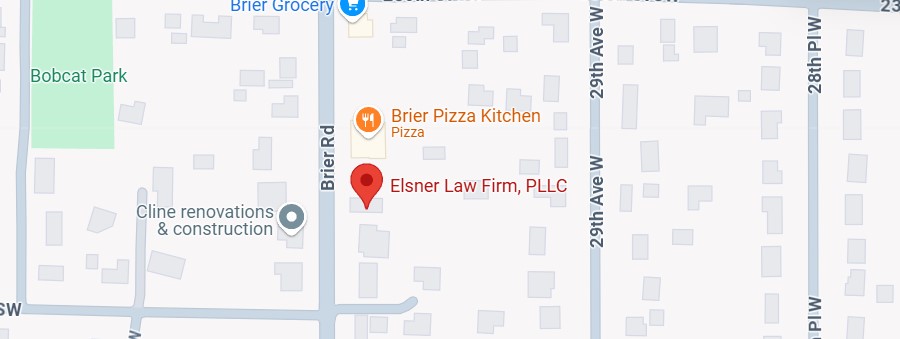The Ultimate Guide to Sharing the Road with Trucks: Don’t Cut Off a Truck
As drivers, it’s our responsibility to ensure safety on the roads for everyone, including large trucks. Sometimes, we may unintentionally make dangerous decisions, such as cutting off a truck. To keep yourself and others safe, it’s crucial to remember that trucks require more time and distance to slow down and come to a stop. In this blog post, we’ll provide you with essential tips on how to safely share the road with trucks and avoid cutting them off.
Passing Trucks Safely
Passing a truck or bus is a common scenario on the road. However, it’s important to do so with caution. When you need to pass, make sure there is enough space. A general rule of thumb is to allow at least one car length for every 10 miles per hour you are traveling between you and the truck you are passing before merging back into their lane. For example, if you’re traveling at 60 mph, aim for a minimum of six car lengths between your vehicle and the front of the truck before changing lanes.
Remember, this rule applies to all types of trucks, including those with multiple trailers. No matter the road conditions, always give yourself extra time to safely maneuver around these larger vehicles. Keep in mind that passing a truck takes longer than passing a regular passenger vehicle – around three to five seconds longer. Patience is key to ensuring a smooth and secure maneuver.
Tips to Pass Trucks Safely
Here are some additional tips to help you pass trucks safely:
- Allow yourself extra time and space to get around trucks.
- If you can see the entire front of the truck in your rearview mirror while passing, it’s safe to merge back into their lane.
- Avoid driving within the first 20 feet in front of a truck, as the driver may not be able to see you.
- Once you’ve completed the pass, avoid slowing down suddenly after returning to the right lane.
- Remember, trucks need more room to stop than passenger vehicles, so give them adequate space.
Look for Two Headlights in Your Rearview Mirror or Steer Clear
Measuring car lengths while driving can be challenging, but we have a simple rule for you. When it comes to merging in front of a semi-truck, look for both of the truck’s headlights or the full front of the truck in your rearview mirror. If you can clearly see them, it’s safe to merge in front without cutting off the truck, which is extremely dangerous for everyone involved.
The Front No-Zone: A Danger Zone to Avoid
The space directly in front of a truck is known as the front no-zone and should be avoided for two crucial reasons. First, due to the truck’s size and height, your vehicle can disappear from the truck driver’s view when entering this zone. If you cut into the front no-zone suddenly and hit the brakes, the truck driver won’t see you, potentially causing a disastrous crash.
Secondly, trucks need ample room to brake. If you find yourself in the front no-zone and traffic comes to a sudden stop or slows down rapidly, the truck may not have enough time to stop, leading to a devastating collision. Unexpected events occur frequently on the road, such as animals crossing, debris, or other drivers cutting you off. Being in the front no-zone during these situations places you and your passengers at risk of tragedy.
To avoid potential accidents, make sure you can see the entire front of the truck cab—from the bumper to the top of the cab—in your rearview mirror before changing lanes in front of a truck. Your safety and the safety of others depend on staying out of the front no-zone.
Changing Lanes in Front of a Truck: The Importance of Patience
Under no circumstances should you ever cut in front of a truck, especially if traffic is slowing down or coming to a stop ahead. Large trucks, due to their size and weight, require much longer stopping distances than passenger vehicles. At 55 mph, it can take a large truck more than the length of a football field to come to a complete stop.
Unfortunately, statistics show that four out of every five people killed in crashes involving large trucks were occupants of other vehicles. By being impatient and not giving trucks enough room, you’re not only putting your life at risk but also the lives of your passengers. So please, be patient and wait for a suitable gap in traffic before changing lanes in front of a truck.
Merging in Front of a Truck: Allow Plenty of Space
Merging is another situation that can create potential conflicts between cars and trucks. Improper merging is dangerous, primarily due to the longer stopping distances required for trucks compared to passenger cars.
To ensure your safety and the safety of those around you, always give trucks plenty of time and space to maneuver safely. Avoid driving erratically around trucks and provide them with the room they need to make turns, brake, or speed up. By following these guidelines, you’ll contribute to a safer, hassle-free driving experience for everyone.
When sharing the road with trucks, it’s crucial to prioritize safety and be considerate. Avoid cutting off trucks, give them enough space, and be patient. By following these simple guidelines, we can all contribute to safer roads and minimize the risk of accidents. If you find yourself involved in a truck accident, remember that the Elsner Law Firm is here to provide you with expert legal guidance and support. Stay safe and remember, accidents can happen, but with the right precautions, we can reduce their likelihood and severity.







